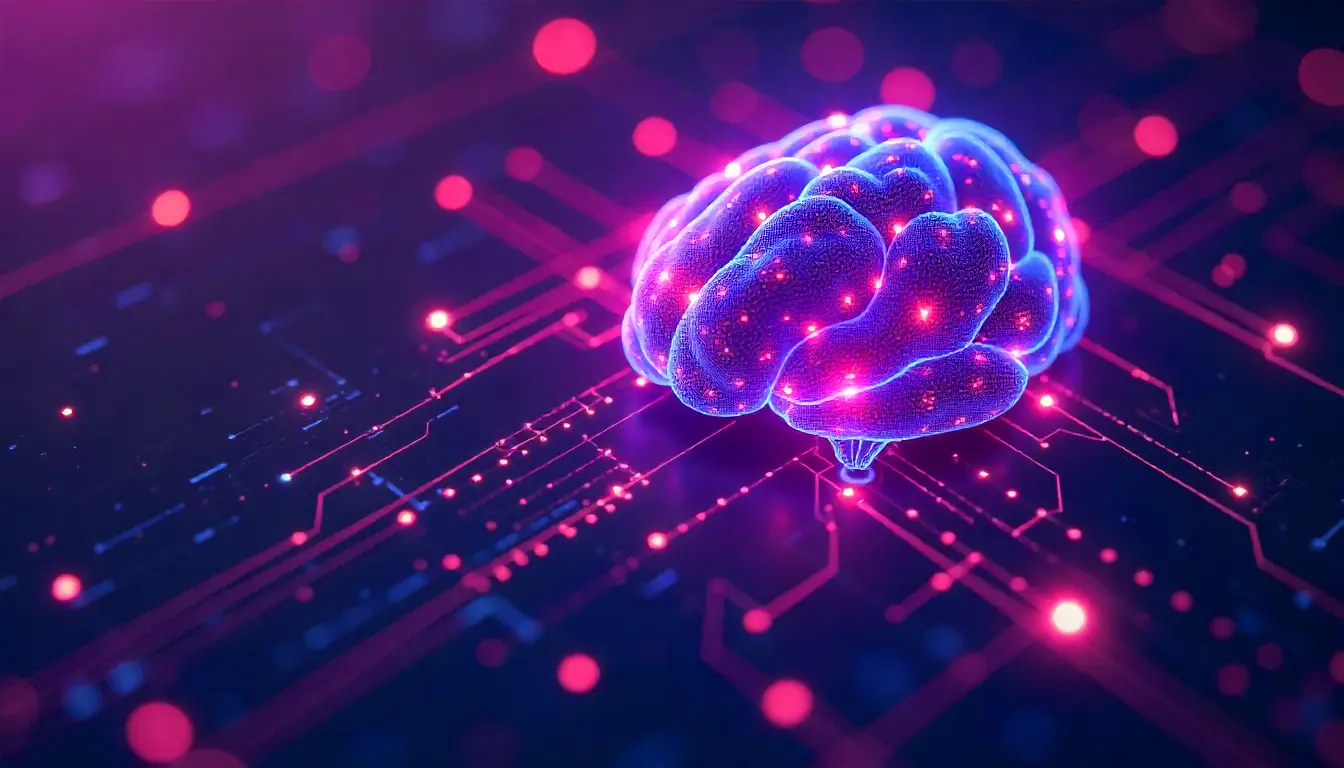Share
Table of contents:

Fine-tuning is a transfer learning technique in machine learning and deep learning that involves taking a pre-trained model and making small adjustments to its parameters to improve performance on a specific task or dataset. This method leverages knowledge acquired from a related task, significantly reducing the amount of data and computational resources required to train a model from scratch. Fine-tuning is widely used in various applications, including natural language processing (NLP), computer vision, and audio processing.
Core Characteristics
- Pre-trained Models: Fine-tuning typically begins with a model that has been pre-trained on a large and diverse dataset. For instance, models like BERT (Bidirectional Encoder Representations from Transformers) in NLP or ResNet (Residual Network) in computer vision are initially trained on extensive datasets like Wikipedia or ImageNet. These pre-trained models capture general features and patterns that can be valuable for a wide range of tasks.
- Domain Adaptation: Fine-tuning allows a model to adapt to a specific domain or task that may have distinct characteristics from the dataset used for pre-training. This adaptability is crucial in applications where the available data is limited or different in nature from the data used in the original training phase.
- Layer Freezing: In the fine-tuning process, it is common to freeze some of the model's layers, preventing their weights from being updated during training. This technique focuses the learning process on the later layers, which are more task-specific, while retaining the general features captured by the frozen layers. Typically, the earlier layers of a neural network, which often learn low-level features (e.g., edges, textures), are frozen, while the later layers are fine-tuned.
- Learning Rate Adjustment: Fine-tuning usually involves adjusting the learning rate compared to training from scratch. A smaller learning rate is often employed during fine-tuning to ensure that the model makes incremental adjustments to the weights, preventing overfitting or drastic changes that could degrade performance. This careful tuning helps to refine the model's predictions based on the new task-specific data.
- Task-Specific Data: Fine-tuning relies on a labeled dataset relevant to the specific task at hand. This dataset can be relatively small compared to the dataset used for pre-training, as the model already has a foundational understanding of features from the larger dataset. The process aims to refine the model’s capabilities to recognize patterns and make predictions that are more aligned with the new task.
- Evaluation and Validation: Throughout the fine-tuning process, it is crucial to evaluate the model's performance using validation data. This evaluation helps determine whether the adjustments made during fine-tuning are effective in improving the model's accuracy and generalization ability. Techniques such as cross-validation can also be employed to ensure the model performs well across different subsets of the data.
Fine-tuning plays a vital role in many fields and applications, allowing practitioners to build upon existing models rather than starting from scratch. Some contexts in which fine-tuning is particularly useful include:
- Natural Language Processing: In NLP, fine-tuning is commonly used with transformer models. For instance, a pre-trained language model can be fine-tuned for specific tasks such as sentiment analysis, named entity recognition, or question answering. The model can adapt its understanding of language nuances and context based on the new training data.
- Computer Vision: In image classification and object detection, pre-trained convolutional neural networks (CNNs) are often fine-tuned for specific datasets. For example, a model trained on ImageNet can be fine-tuned to classify images of medical conditions in a specialized dataset of medical images.
- Speech Recognition: Fine-tuning is used in speech recognition systems to adapt general speech models to recognize specific accents or domains (e.g., medical terminology). This approach enables better accuracy and performance for niche applications.
- Reinforcement Learning: In reinforcement learning scenarios, fine-tuning can enhance a pre-trained agent’s performance in a specific environment by adjusting its parameters based on limited interactions in the new setting.
Implementation Techniques
Implementing fine-tuning involves several key steps:
- Selecting a Pre-trained Model: The first step is to choose an appropriate pre-trained model that aligns with the target task. The model should have been trained on a dataset that shares similarities with the data of the new task.
- Preparing the Dataset: The dataset for the specific task should be curated and labeled, ensuring that it contains examples relevant to the desired output. Data preprocessing steps, such as normalization, augmentation, and tokenization (for text), are essential.
- Configuring Hyperparameters: Before starting the fine-tuning process, hyperparameters such as the learning rate, batch size, and number of epochs should be configured. The learning rate is often set lower than that used during initial training, and batch sizes may be adjusted based on available computational resources.
- Training the Model: The fine-tuning process involves training the model on the task-specific dataset while monitoring performance metrics such as accuracy or loss. Techniques like early stopping can be employed to halt training if the validation performance begins to degrade, preventing overfitting.
- Evaluating the Model: After fine-tuning, the model should be evaluated on a separate test dataset to measure its performance. Metrics such as accuracy, precision, recall, and F1 score can provide insights into the model's effectiveness.
In summary, fine-tuning is a crucial technique in modern machine learning that allows for efficient adaptation of pre-trained models to specific tasks. By leveraging existing knowledge and adjusting model parameters with task-specific data, fine-tuning enhances performance while minimizing resource requirements. This approach is widely applicable across various domains, enabling advancements in NLP, computer vision, and more.











